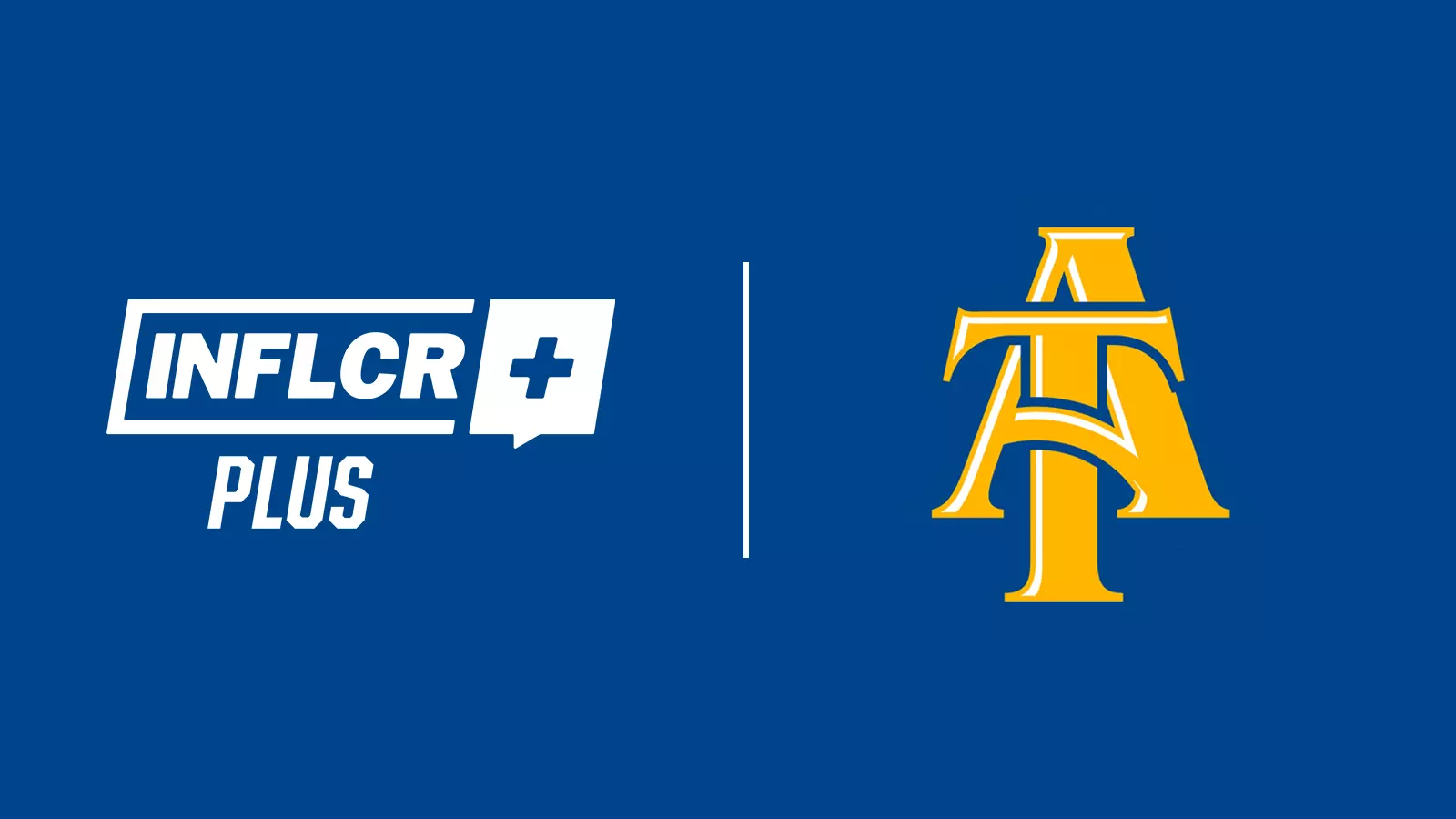Introduction
A&T is a term that is frequently used in various industries and disciplines, influencing a range of processes and practices. Understanding its significance, applications, and benefits can provide valuable insights for businesses, professionals, and individuals alike. This article delves into the key aspects of A&T, exploring its impact, use cases, and future potential.
What is A&T?
A&T stands for Analysis and Testing (or another relevant definition based on context). It serves as a crucial component in industries where precision, quality, and performance are paramount. A&T ensures that products, services, and processes meet required standards and expectations, reducing risks and enhancing efficiency.
The Importance of A&T
- Ensures Quality – A&T helps maintain high-quality standards by evaluating different parameters.
- Reduces Risks – Identifying defects or inconsistencies early prevents potential failures.
- Improves Efficiency – Streamlined testing and analysis lead to optimized performance.
- Regulatory Compliance – Many industries require rigorous A&T to meet legal and safety guidelines.
Applications of A&T
A and T find applications across multiple sectors, each utilizing specific methodologies to achieve accurate results.
- Manufacturing and Engineering
Manufacturers rely on A and T to ensure that their products meet stringent quality control standards. Common practices include:
Material Testing: Evaluating raw materials to verify their durability and resilience.
Performance Analysis: Ensuring machinery and equipment function as expected.
Failure Analysis: Investigating defects and preventing recurrence.
- Healthcare and Pharmaceuticals
In the medical field, A&T plays a vital role in safeguarding public health by ensuring medications and medical devices meet required standards.
Clinical Testing: Trials to assess drug efficacy and safety.
Equipment Calibration: Ensuring accuracy in diagnostic machines.
Sterility and Contamination Checks: Verifying hygiene standards in pharmaceuticals.
- Technology and Software Development
The technology sector leverages A and T for product development, user experience optimization, and security enhancements.
Software Testing: Detecting bugs and vulnerabilities before deployment.
User Experience (UX) Analysis: Gathering feedback to improve interfaces and usability.
Performance Benchmarking: Measuring system efficiency under different conditions.
- Automotive Industry
Vehicle manufacturers incorporate A and T to guarantee safety and compliance with global regulations.
Crash Testing: Assessing vehicle safety under different impact conditions.
Emission Testing: Ensuring adherence to environmental standards.
Durability Analysis: Checking the long-term reliability of car components.
- Aerospace and Defense
Given the high stakes in aerospace and defense, A and T are essential for maintaining precision and safety.
Structural Integrity Testing: Evaluating aircraft durability and stress tolerance.
Military Equipment Validation: Ensuring operational readiness of defense systems.
Simulation Testing: Using advanced modeling to predict performance.
- Environmental and Energy Sectors
The energy industry employs A&T to improve sustainability and efficiency.
Renewable Energy Analysis: Evaluating the effectiveness of solar, wind, and hydro systems.
Pollution Monitoring: Tracking environmental impacts of industrial activities.
Oil and Gas Inspection: Ensuring pipelines and refineries adhere to safety standards.
Key Methods in A&T
Different industries use varied methodologies for A&T based on their specific requirements.
- Non-Destructive Testing (NDT)
Used in construction, aerospace, and manufacturing, NDT methods like ultrasonic, radiographic, and magnetic particle testing help analyze materials without causing damage.
- Statistical Analysis
Statistical tools such as Six Sigma, regression analysis, and probability models help industries optimize processes and enhance predictability.
- Automation in A&T
With the advent of Artificial Intelligence (AI) and Machine Learning (ML), automated testing tools have revolutionized various fields. Automated A and T reduces errors, speeds up analysis, and enhances accuracy.
- Physical and Chemical Testing
Industries such as pharmaceuticals, manufacturing, and food processing rely on chemical composition analysis and physical property evaluations to ensure compliance and safety.
Challenges in A&T
Despite its advantages, A&T faces several challenges that industries must navigate.
- High Costs – Advanced testing methodologies require significant investment.
- Time-Intensive Processes – Comprehensive analysis can slow down production timelines.
- Complexity – Technical expertise is needed to interpret A and T results accurately.
- Regulatory Changes – Industries must constantly update testing procedures to comply with new regulations.
The Future of A&T
As technology advances, the field of A and T continues to evolve, incorporating new techniques to enhance efficiency and accuracy.
- Artificial Intelligence and Machine Learning
AI-driven testing tools are automating processes, minimizing human error, and speeding up analysis.
- Blockchain for Secure Testing Records
Blockchain technology ensures transparency and immutability of test results, particularly in regulated industries.
- IoT-Enabled Monitoring
The Internet of Things (IoT) allows real-time testing and data collection, improving predictive maintenance and system optimization.
- Sustainable Testing Practices
Environmental concerns are pushing industries to adopt eco-friendly testing methods, reducing waste and energy consumption.
Conclusion
A&T is an indispensable element in numerous industries, driving quality, compliance, and innovation. As technology continues to advance, A&T methodologies will evolve, ensuring better accuracy, efficiency, and reliability across different sectors. Businesses and professionals must stay updated with the latest developments in A and T to remain competitive and ensure optimal performance in their respective fields.

